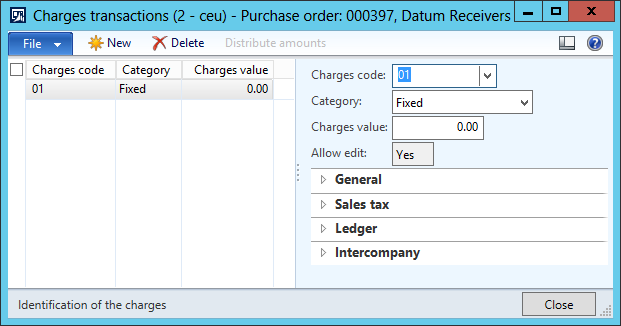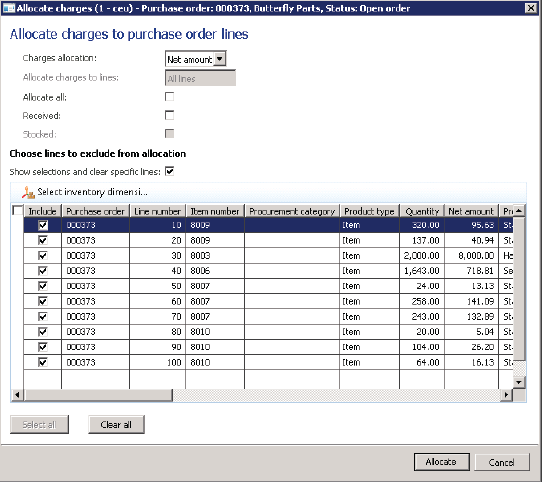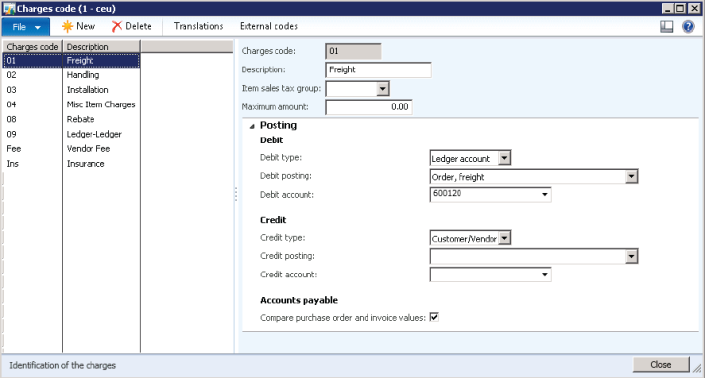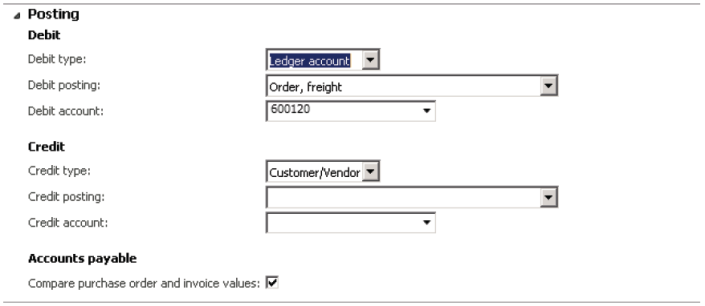Last week, I had the pleasure of addressing the sales team of a fast growing distributor. The topic was sales process and aligning with major industry trends. The group numbered in the mid-twenties and included salespeople from local territories throughout the central portion of the U.S. Prior to launching into my talk, I asked the group to give me a quick introduction outlining their position and background. As we moved through the first few members of the group, it was clear this team had deep product knowledge and understood their customer-base well.
About half way around the room, we came to Joe. As Joe introduced himself, I could see the way the other members of the team deferred to him. Joe was the Senior Inside sales person and when he outlined his industry experience it was impressive to hear the side comments from the group. Joe was THE go-to guy for any tough application or technical question. He exuded customer service from every pore of his body. You could tell Joe was rough, tough and ready let you know if he disagreed with you.
The talk covered a variety of topics ranging from targeting accounts and building a data base of customer-centric information to best practices in bringing manufacturers into accounts. As I moved through the presentation, I made a mental note to gauge Joe’s reaction. Early on, I asked his opinion on a couple of topics and, well, I felt like Joe was falling under my spell. Carefully considering each of my major points and then slowly nodding in agreement, I was feeling pretty good about the outcome of the whole presentation. But things were about to change…
I talk about the power of a solid, scientific pricing process in every presentation I deliver. Why? Because a good pricing process delivers to the bottom line. My clients experience better return (ROI) from money spent on pricing than any other investment; but that’s not the story here.

As I talked about best in practice pricing strategies, I could see old Joe’s face get stiff. His body was rigid, he crossed his arms and this person, who was so friendly, went from receptive to closed. I would have been blind to not see it. Furthermore, I was 100 percent certain everyone else in the room was feeling the bad vibe as well.
Sensing I was about to “lose the room” I asked Joe his opinion on pricing strategy. Joe shrugged and said, “From where I sit, standardized pricing, or whatever you want to call it, is destined for failure in our business. Our customers are tight with their money. They don’t want to pay more, they want to pay less.”
Going around the room, the group largely agreed with Joe with a couple of notable exceptions. One salesperson noted that some customers are willing to pay more when the product is in stock. Another guy stated repair parts were not price sensitive; especially when the customer is trying to hold out on replacing a whole system. Within a few minutes, we had a dozen or so examples of times where a
“standard” price would work. Everyone was on board, but Old Joe looked shaky.
I knew we needed to talk.
One-on-One with Joe
 |
| Clearly this isn't us talking. I charge a higher fee to wear a tie. |
Joe has been in the distributor side of the business for well over 20 years and worked with tools in the industry prior to moving to distribution. He’s been around the block, seen everything once and can give recommendations on products not even listed in the catalog. Since moving into the inside sales role, he has developed a following of people he calls “his customers.” They know him, a bit about his family and he knows them just as well. Further, even though a good many of these customer contacts are called on by outside salespeople, they pick up the phone and call him with their orders.
So far, so good. But then the story headed down a typical path.
Joe reiterated, “My customers are cheap.” When I asked what that meant, he said they called him because he was willing to “work with them on the price.” Before I could ask, he went on to tell me how sometimes customers called him when they were not happy with a price given to them by another member of the team. He called this “saving the order.”
A few years ago his company made a failed attempt at building a pricing process. Basically, this approach put a set margin on all products based on customer type. This is an approach my friend David Bauders calls peanut butter pricing. According to Joe no attention was paid to “real market price” or customer price sensitivity. After a number of months of battling one price change after another, Joe convinced his management team to go back to the old way with price points based on salesperson input and a guideline of cost plus 18 percent.
Interrupting his story, I asked Joe if some customers deserved to pay higher prices. First off he replied yes, but then I asked if there were times he provided small customers with the same price as the largest of accounts. Joe answered to the affirmative, he often allowed small customers to take advantage of the “special pricing” offered by manufacturers to handle the very large guys. He felt like this was fair because they were loyal to him.
Joe, are you a bargain basement discount house or a quality service provider?
This wasn’t a trick question. I really wanted to understand Joe’s feelings about himself and the company in general. I sat back and listened. Joe let loose with a deluge of stories about “walking a customer through the repair process”, finding impossible to get parts, staying late to meet a customer who was in a down time situation and generally providing fabulous service to customers.
When I asked if he had ever lost a customer due to service, the answer was a resounding NO. And, he could relate tales of customers who left because of price who found their way back because of poor service. When asked how he responded, Old Joe said he offered to match the competitive price then strived to give even better service.
Clearly, Joe (and the rest of the team) were a high service organization. But along the way, he couldn’t escape from the fact that people continued to ask him if “he could do better” on price. His opinion that they worked in a price driven market was largely based on these constant requests for a deal. They begged and nice-guy Joe gave them a treat.
As we ended our conversation, I asked Joe if he had ever held firm on a price. Without hesitation he told me sticking to a firm price only happens when the customer hasn’t purchased an item in several years and wants the historic, maybe even ancient, price level. I asked what happens then. He tells the customer prices have gone up, but uses the same cost plus a percentage strategy. And, he always gets the order.
Pricing process and guys like Old Joe…
In my travels around the country, guys like Joe are common; great product skills, fabulous customer service and a skewed vision of how pricing impacts their employer. Over the years Joe has been conditioned to believe, everyone wants a deal. Why? Because he has conditioned his customers to always ask for a little better price.
How has Joe conditioned his customers? They ask once and he caves in. Next go around, they hint that the price is a little more than they thought, and the price drops again. After a couple of go-arounds with the Joes of the world, customers think it is part of the deal. Just like a trip to the flea market, except with top notch products and world class service.
After two decades in the business, Joe has conditioned his customers and convinced himself. But hope exists. Little by little, Joe’s company is setting limitations on precisely which product prices can be over ridden without management approval. For example, exclusive product lines are no longer negotiable. The same applies to products where the company carries deep stocks of repair parts.
Joe will continue to grumble. He will test his management team’s commitment to improving the price process. He will need training, coaching and management, but I believe his actions (if not his views) will change with time. And the result will be higher margins and greater results for his employer.
A couple of final thoughts…
The idea of improving distributor gross margins has been around for a very long time. One of the very first training sessions I attended as a fresh young branch manager 25 years ago covered “the power of one.” Remembering back, the half-day session included the massive impact one measly percent in gross margin had on a distributors bottom line. There was no how to except to cheerlead your team to higher margins but putting up posters and continually reminding everyone of “the power of one.” The plan flopped only to be replaced with a dozen more pricing fads.
In order to build a real pricing process, a distributor needs advanced analytics, solid documentation, training and a means to measure and manage their team. Very few distributors (read that almost none of them) have the expertise to do this alone. Joe’s company tried and missed the mark, and the road to pricing success is littered with other distributors in the same situation.
We recommend David Bauders and his Strategic Pricing Associates team to our clients (like Joe’s company) for five reasons:
 1. They apply scientific analysis to data from the distributor’s own work. No assumptions, no national averages, just a scientific look at what’s happened in the past.
1. They apply scientific analysis to data from the distributor’s own work. No assumptions, no national averages, just a scientific look at what’s happened in the past.2. They have documentation to steer a company through the application of pricing recommendations. Everybody in distribution is busy. The SPA program involves only a couple of weeks of attention to bring it live.
3. SPA has the resources to help train the distributor’s people. This includes pricing people as well as guys like Joe.
4. The SPA system has the measures and management tools required to change behavior.
5. David Bauders has been doing this since 1993. With something like 400 distributor clients and over 20 years of experience, they can help anticipate and address issues.
Now allow me one more statement. I have seen the results up close. The Strategic Pricing Associates process works. Typically, distributors add two points to their gross margin. Two points that pass almost straight to the bottom line. For most distributors, this is like a 50% increase in profit.





















